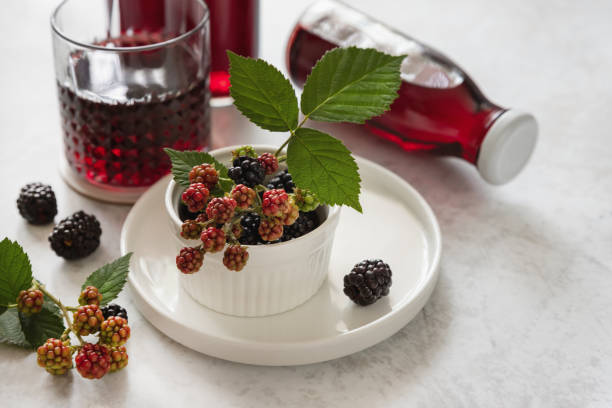#YummyFoodAlert – the moment we hear ‘festival,’ our mouths begin to water. You can almost taste the festive lip-smacking treats! Families start preparing food months in advance of the big day.
In India, each festival is accompanied by a specific food that reflects the season and natural produce. These traditional recipes, which our grandmothers created, are not the same as today’s sweets and savories that are commercially available. Our ancestors created seasonal recipes to celebrate holidays for a purpose. Sadly, It’s these nutritionally-rich, age-old recipes that are being wiped out by mass production and so-called “fusion cooking” that has resulted in son-papdis, which lasts a whole year, or jamun gulab cake!
We do not understand the significance of some food traditions, even if they have survived. This blog explores the nutritional importance of some food traditions and tries to guess why they exist.
Down South
Diwali Legiyam is a spice mixture made from powders such as dry ginger, cumin, coriander, peppercorns, and caraway seeds. The mixture is prepared in a base of jaggery and divided into soft, round portions. Grandmoms would insist that one ball was popped in the mouth first thing Diwali morning on an empty stomach. What was its mission? Its mission? To aid in the digestion of all the sweets, savories, and other foods that we would be eating during the day. It is also known as Diwali Marundu, which means Diwali medicine. Modern medicine has now recognized the ability of most of these spices to treat digestive or gut disorders. But granny knew best much before!
We will now go to Andhra Pradesh or Karnataka and discuss Bella Bevu, which is prepared on Ugadi (or Gudi Padwa) in April. This liquid concoction contains neem, jaggery, and tamarind with raw mangoes, green chilies, and salt. It is made to represent the mixture of emotions that make up life: sadness, joy, anger, fear, and disgust. This food tradition stimulates the taste buds to detect bitterness, sweetness, and salt. Modern science explains how the stimulation of the taste buds helps our body to understand the nutrients we receive from food and also helps it differentiate between foods and toxic substances.
Up North
Jaggery and festive food go together. Jaggery is a traditional Indian sweetener made from sugarcane, palm, or coconut. Palm jaggery is said to help build immunity, prevent a cold or cough, relieve constipation, and have more vitamins and minerals than white sugar. Grandmoms still hold the belief that palm sugar provides heat to the body. This is why, in Bengal, the use of palm jaggery begins at the beginning of winter after Durga Puja. Nadu makes a palm jaggery ball with coconut and spices for Lakshmi Puja. The palm jaggery is then used throughout the winter until Sankranti. It can be found in Sandesh, Rosogollas, and other Bengali desserts. Sankranti is celebrated in January and marks the beginning of spring. Grandmoms switch from palm jaggery to sugarcane, which they believe has a cooling effect.
Sankranti sweets are usually made with jaggery and sesame seeds. Sesame seeds and jaggery are the main ingredients in a variety of sweets that are made for Sankranti. This is a short recipe video that combines peanuts and jaggery to make a delicious winter snack.
As Holi nears, many families start making the fantastic Kanji. This fermented cool drink is made from mustard seeds and black carrots. Modern nutrition science has now recognized this must-have as a beverage packed with probiotics and anthocyanins derived from black carrots. Anthocyanins have anti-diabetic properties, as well as anti-obesity and anti-cancerogenic ones. We don’t have to tell you how important probiotics are for immunity.
Other traditional festival foods still require some thought, such as sulfide in Gujarat and Rajasthan, part kanji for fasting days down south, and pinna at Lohri. You may find many hidden gems of nutrition in your family cookbooks. Ask your elders to interpret and revive the family stories. After all, #FoodHeals shouldn’t lose them to the passing of time …..
When food insecurity occurs, a person cannot afford to eat enough healthy food.
India was ranked 101st out of 116 nations in the 2021 Global Hunger Index Report, as it continues to suffer from poverty, food security, and malnutrition. The State of India’s Environment Report for 2022 estimates that a healthy diet is out of reach to over 70% of Indians.
Malnutrition is more likely to occur when food insecurity leads to poor food choices. Primary acute malnutrition is a form of malnutrition that occurs when there is an inadequate supply of food due to social, economic, and environmental factors. It manifests in the form of wasting among children.

